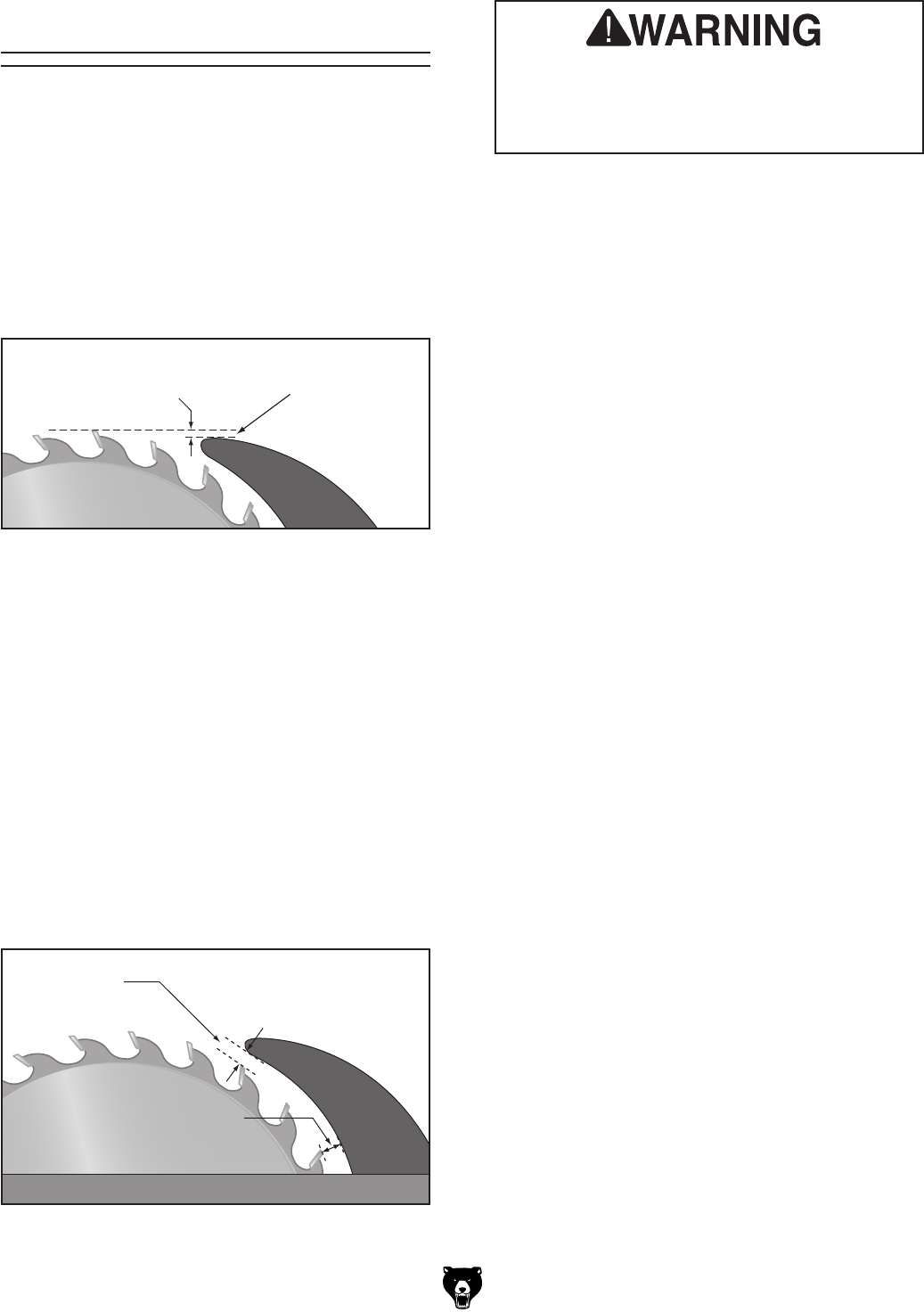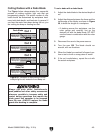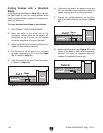
Model G0690/G0691 (Mfg. 11/10+)
-39-
Riving Knife
The riving knife works in the same manner as
the spreader on the blade guard assembly. It is a
metal plate that prevents the newly cut workpiece
from pinching the backside of the blade and caus-
ing kickback.
Height Difference
Minimum 1mm
Maximum 5mm
The key difference between the spreader and the
riving knife is that the riving knife mounts below
the blade's highest point of rotation, as shown in
Figure 53.
When to Use the Riving Knife
Use the riving knife for all non-through cuts made
with a standard table saw blade (i.e., dadoes or
rabbet cuts in which a dado blade is NOT used,
and when using a tenoning jig).
Also, use the riving knife for those special opera-
tions where the blade guard or its components
get in the way of safe operation, such as with very
narrow cuts.
When Not to Use the Riving Knife
The riving knife CANNOT be used with a dado
blade. Otherwise, the riving knife height will
exceed the blade height and the workpiece will hit
the riving knife during the cut, forcing the opera-
tor into a dangerous situation of trying to turn the
saw off with the workpiece stuck halfway through
the cut.
In addition, although it is possible to use the riv-
ing knife for through cutting operations, the blade
guard assembly offers far more injury protection
and risk reduction than the riving knife. Therefore,
we strongly recommend that you use the blade
guard assembly instead of the riving knife for
through cuts.
Figure 53. Height difference between riving knife
and blade.
The height difference between the riving knife and
the blade allows the workpiece to pass over the
blade during non-through cuts (those in which the
blade does not cut all the way through the thick-
ness of the workpiece).
The riving knife acts as a barrier behind the blade
to reduce the risk of hands being pulled into the
blade if a kickback occurs.
The riving knife must be kept within the range
shown in Figure 54. For that reason, we only
recommend using a 10" blade for operations that
require use of the riving knife.
Minimum 3mm
Top Distance
Bottom Distance
Maximum 8mm
Minimum 3mm
Maximum 8mm
Figure 54. Allowable top and bottom distances
between riving knife and blade.
To ensure that the riving knife works safe-
ly, it MUST be aligned with and correctly
adjusted to the blade. Refer to Page 68 to
check or adjust the riving knife alignment.
How to Install the Riving Knife
The riving knife is installed in a similar manner
to the blade guard and spreader. Refer to Blade
Guard on Page 37 for installation instructions.


















